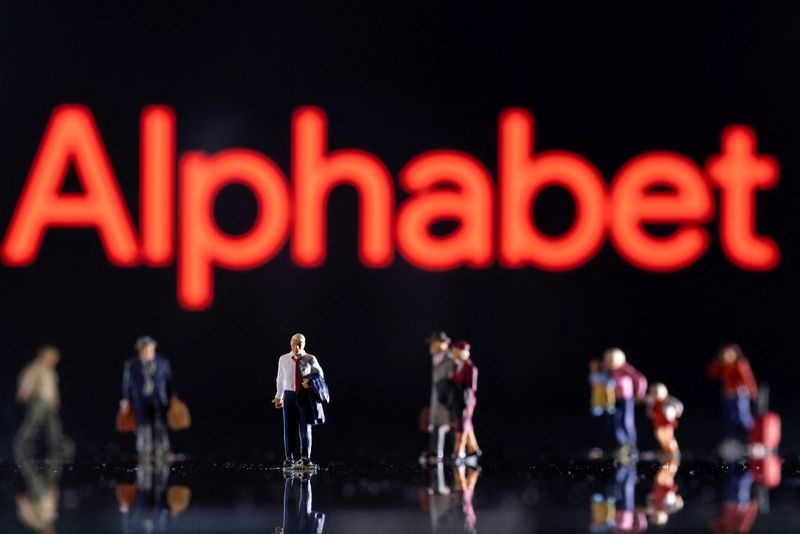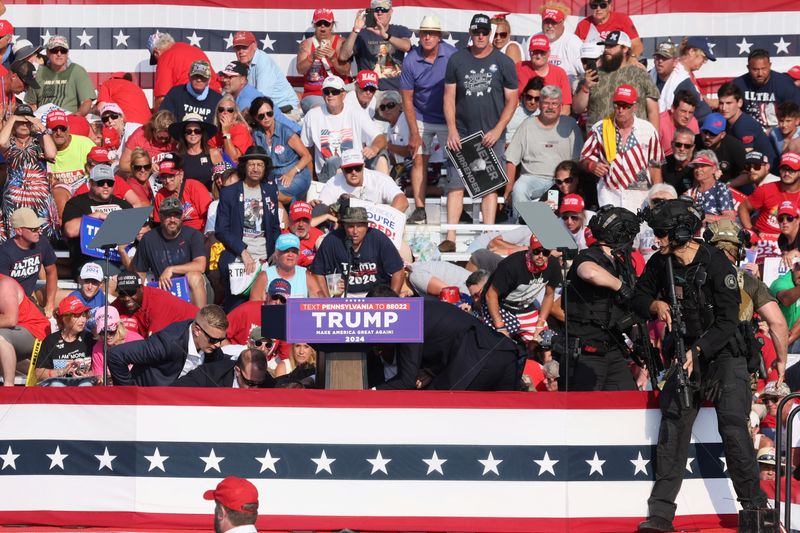Follow us on LinkedIn
When companies generate profits, they may decide to keep the amount for future projects or distribute it among shareholders. The latter, known as dividends, come based on the dividend policy that a company follows. However, every company has a dividend policy that dictates the treatment of the profits generated during a fiscal year.
Several theories provide insights into the dividend policy that companies may follow. One of these includes Walter’s model on dividend policy.
What is Walter’s Model on Dividend Policy?
Walter’s model on dividend policy suggests that a company’s dividend policy dictates its valuation in the market. Therefore, this policy impact’s the company stock’s value in the market. Walter’s model establishes a relationship between a company’s internal rate of return and cost of capital. This theory came from James E. Walter and is relevant to dividend policies for corporate structures.
Walter’s model on dividend policy suggests that the dividend payout ratio of a company plays a crucial role in its stock’s valuation. However, it makes some assumptions that must hold true for the theory to prove that. Despite its prevalence in the area, Walter’s model on dividend policy has some limitations. These limitations may not exist in other dividend policy models.
How does Walter’s Model on Dividend Policy work?
Two factors play a crucial role in Walter’s model on dividend policy. As mentioned above, these include a company’s internal rate of return (r) and its cost of capital (K). By considering these factors, Walter’s model suggests that a company’s dividend policy choice can impact its overall value. Walter establishes that the efficiency of a company’s dividend policy comes from the two factors suggested above.
Walter’s model on dividend policy provides different relationships between the internal rate of return and the cost of capital. In these relationships, the factors may be equal or different. In each case, the dividend policy may differ as follows.
- When r = K, the company’s dividend policy does not impact its value. Usually, this case occurs for companies that have progressed beyond the growth stage. Therefore, the dividend payout ratio may vary between none and 100%.
- When r > K, the company is usually in the growth stage and would benefit more from retaining funds than distributing them. These companies have a zero dividend payout ratio where retention is crucial to future progress.
- When r < K, the company does not have feasible investment opportunities. Therefore, Walter’s model suggests that these companies distribute all their profits to their shareholders. For these companies, the dividend payout ratio should be 100%.
What are the assumptions of Walter’s Model on Dividend Policy?
As stated above, Walter’s model on dividend policy makes assumptions for the theory to hold true. These include the following.
- The internal rate of return and cost of capital remains constant for a company regardless of changes in investments.
- The company does not use external financing for its activities but depends on retained earnings.
- Companies can either retain all earnings or distribute them among shareholders.
- The earnings and dividends do not change.
- The company has a perpetual life.
Conclusion
Walter’s model on dividend policy suggests a company’s dividend policy impacts its stock’s value. Furthermore, it establishes a relationship between its internal rate of return and the cost of capital. Walter’s model on dividend policy also makes some assumptions about the dividend policy. However, this model has some limitations.
Further questions
What's your question? Ask it in the discussion forum
Have an answer to the questions below? Post it here or in the forum




